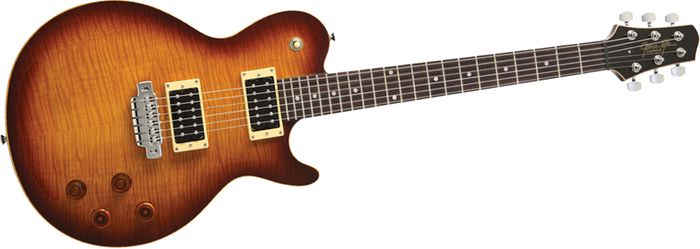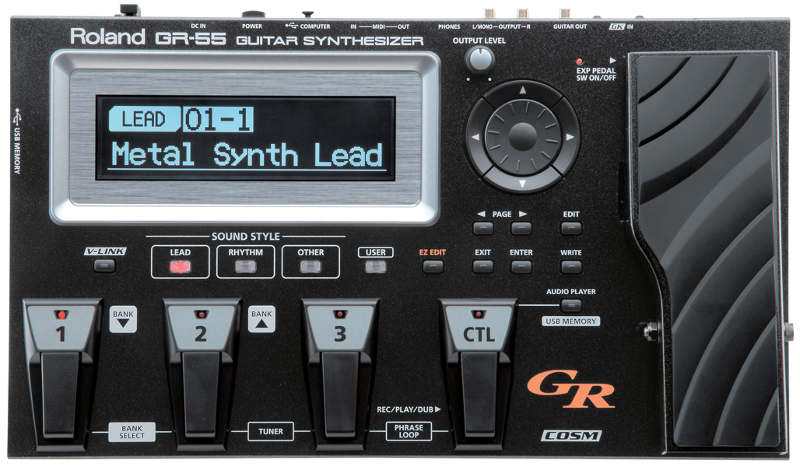Alternate tunings have become far more practical – check out these four options
Under normal circumstances, alternate tunings are a PITA. Even when you’re recording and don’t have an audience waiting impatiently, it’s still a major hassle to re-tune completely, then return to where you were.
But that’s how it was—because four modern options make alternate tunings a practical reality. All of them let you create custom tunings, too. Here are some examples of what alternate tunings sound like with guitar; all strings are low to high.
MIDI GUITAR
The notes you play end up as MIDI data that drives a synthesizer, so in mono mode (where each string goes to its own synth channel), simply transpose each string’s synth to create an alternate tuning. For example, tune the synths driven by strings 4-6 up an octave for “Nashville” tuning. Pros: You can transpose by insane amounts, have different sounds (not just tunings) for different strings, and retrofit an existing guitar with a divided (hex) pickup to feed a Roland, Fishman TriplePlay, or other MIDI guitar system. You can also use dedicated controllers like the Jamstik+ and You Rock Guitar. Limitations: MIDI guitar comes with tracking and latency baggage, and the notes you hear won’t necessarily be what you’re playing on your axe.
MODELED TRANSPOSITION
The Line 6 Variax guitars (see below) and Roland GR-55 (shown in the image at the top) both use this type of technology—where digital signal processing models the sound of a transposed string for each of the six strings. Pros: You can tune beyond how far you can tune with real strings, and changing tunings is instantaneous. Limitations: The notes you hear will not be the same pitch as what you play, you can’t retrofit existing guitars, and sound quality deteriorates with extreme transposition.

HEX AUDIO OUTS WITH DAWS THAT CAN TRANSPOSE
If your guitar has a separate audio output for each string, you can record them into separate tracks in your DAW, then use the DAW’s ability to transpose signals in non-real time (or use a transposition plug-in, like zplane’s Élastique Pitch). Pros: Can give extremely high sound quality due to non-real time processing, can tune beyond how far you can tune with real strings, and offers multiple mixing options (e.g., separate delays, chorus, or envelope filters on each string). Limitations: Can’t be used live, and you can’t hear what it’s going to sound like until after you’ve recorded and processed the part.
TRONICAL TUNING
This was the tuning system used with Gibson guitars; it never really caught on, and Gibson guitars no longer include it. However, the Tronical system is available as a retrofit for a variety of guitars. It’s the only system that physically retunes your strings, and while I first thought the automatic tuning feature was silly (“c’mon, I know how to tune a guitar”), it’s a huge time-saver…for example, I take only Gibson guitars with automatic tuning when doing workshops and seminars, because I can re-tune in seconds. Pros: There’s no disconnect between what you play and what you hear, no alteration to the tone, and tuning down makes the strings easier to bend. Limitations: You can’t do tunings beyond how far you can tune a real string, it typically takes around 5-10 seconds to tune, the system uses a custom rechargeable battery, and you sometimes have to tune twice because it doesn’t settle on pitch exactly after one tuning.
